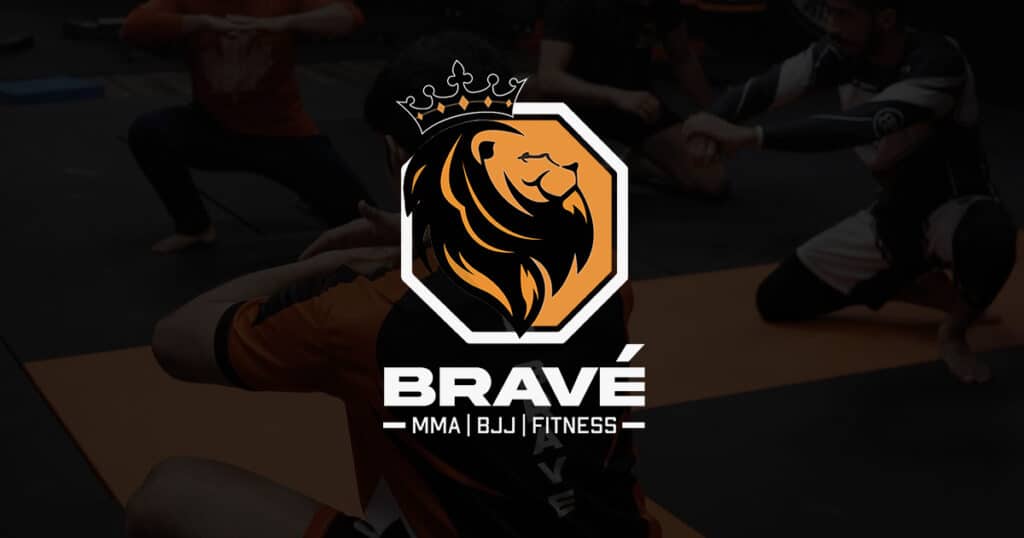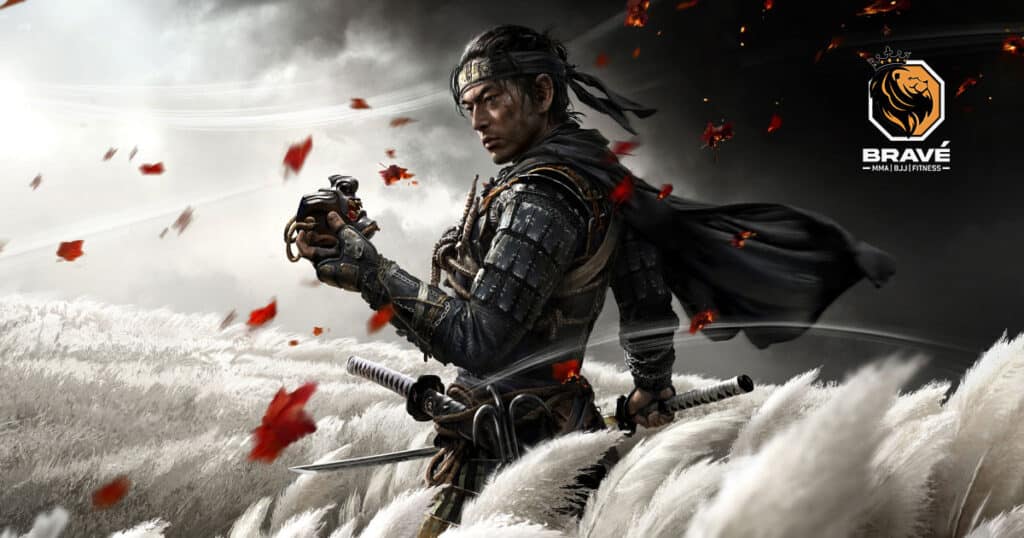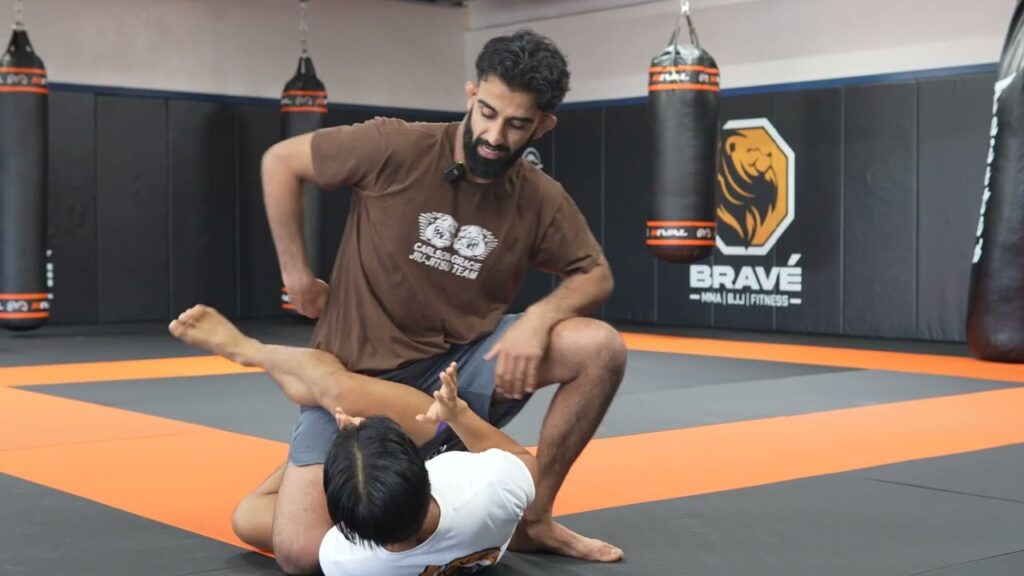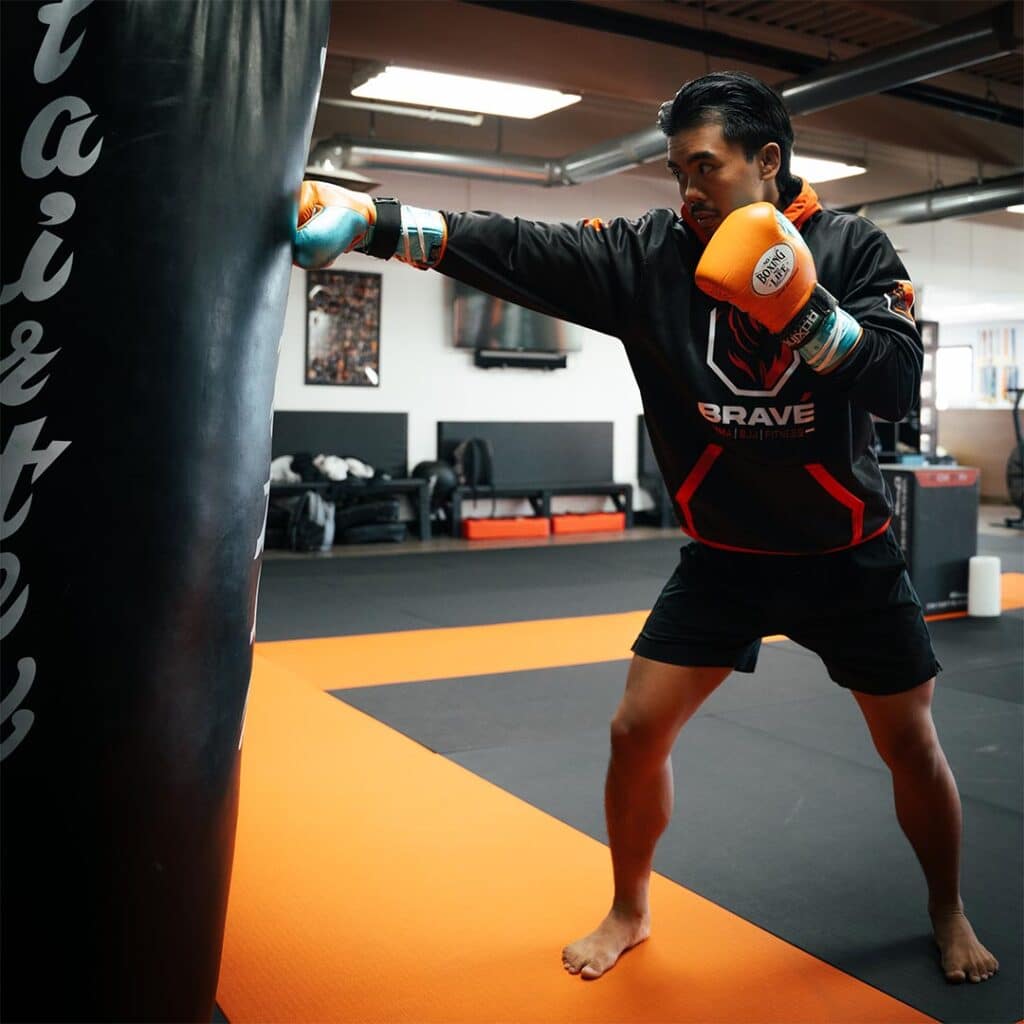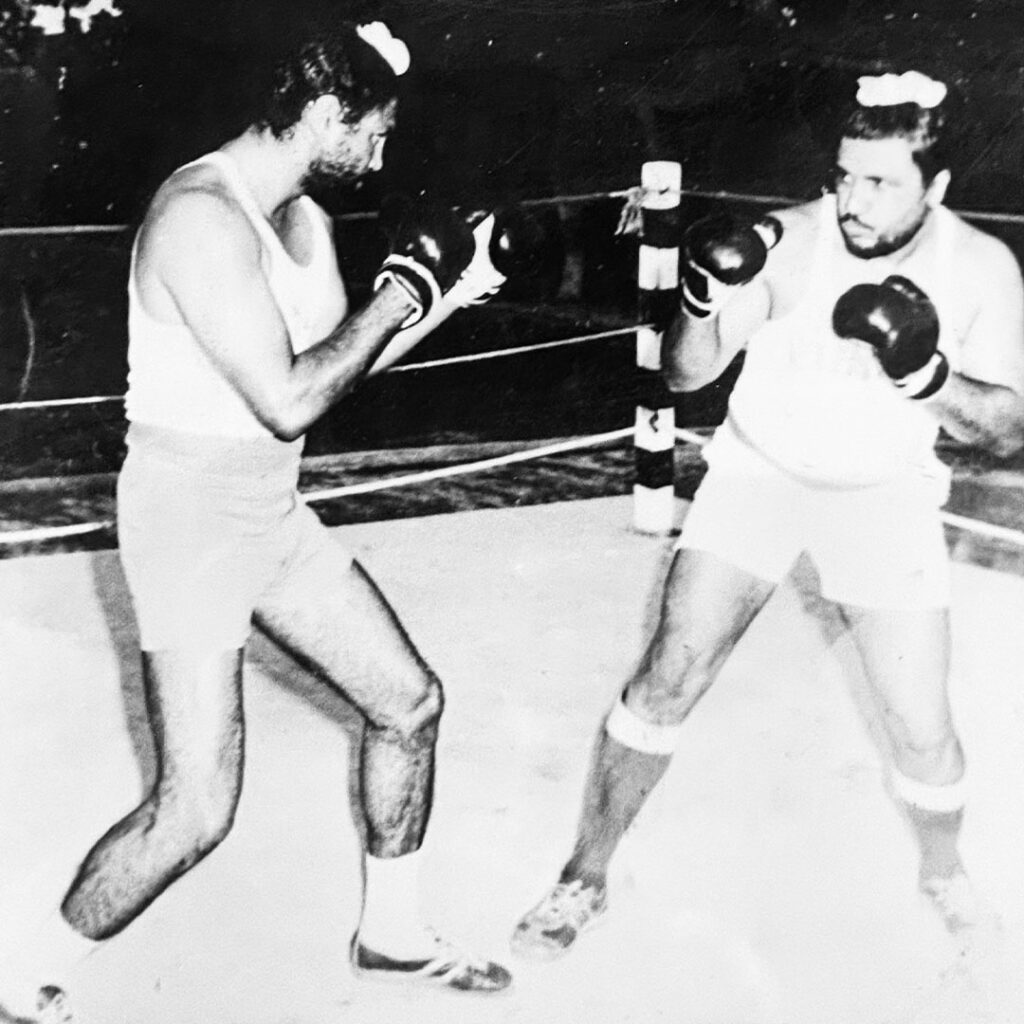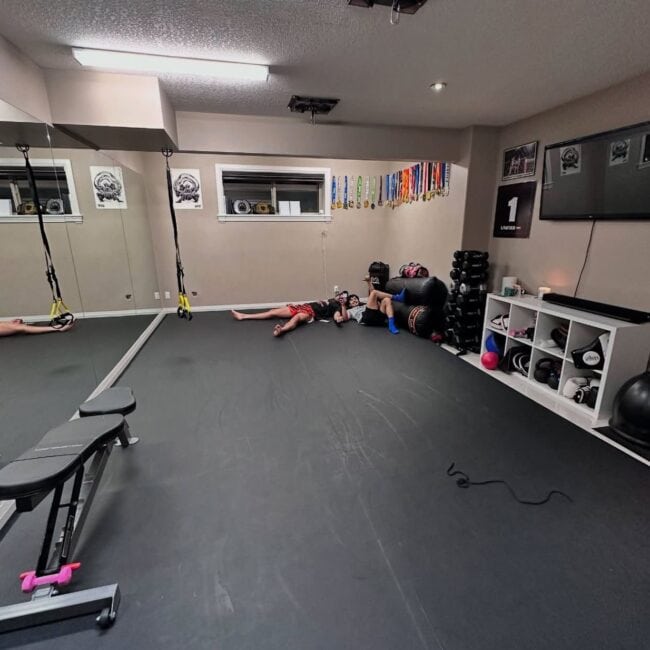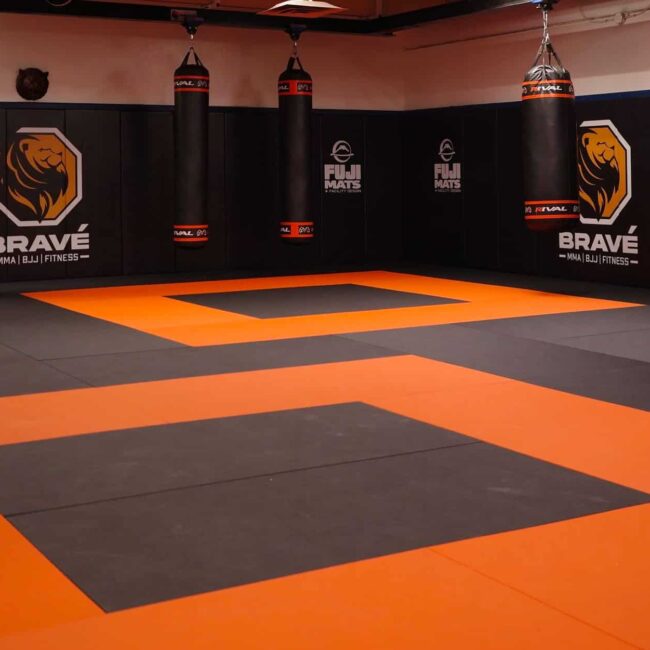So unfortunately, for the last few weeks I’ve been dealing with knee surgery, and while I’ve been recovering I have had a lot of free time — like seriously a lot of free time. I’ve been making an anthology of AI Art based comic books, I’ve been practicing enough Spanish on Duolingo I’ll probably have my own taco truck in time for summer, I almost considered trying to watch Breaking Bad all over again, and I’ve also been seriously putting in work on Zelda: Tears of The Kingdom.
Zelda, is an incredible game, a true masterpiece. Of course, I loved this game so much I wanted to try and share my love of this video game with my mother, who has never played a video game once in her life. She was happily sitting by the TV watching Indian dramas, and I told her that she has to try something.
She asked me, “What you mean try something?”
I said, “I want you to try this game.”
Immediately, “you know I don’t play these game-shames.” Indian moms and dads love to add emphasis to a word by ending the final word of there sentence with a rhyming word that isn’t actually even a real word. For example, “game-shame”, “banana-banoona”, “friend-shriend”.
Anyways, after enough badgering she finally agrees to sit and at least try the thing. I give her a 5 minute crash course on the entire operating capacity of a video game console, when she probably needed a full semester course, with a lab manual, and office hours.
I see her tittering with the buttons, trying to figure out this alien like device, absolutely puzzled by the green elf character manically moving the camera perspective in rapid 360’s around the screen.
“How do I make this little fellow move?”
“Use the stick Mom.”
“Stick — what stick man? I’m pressing stick and the camera is flying everywhere?!”
“NO! The left stick, not the right stick. The right stick is for the camera!”
“Why is there two sticks? Why can’t they have one.”
She briefly makes a feeble attempt at playing the game but then abruptly quits. She is frustrated, and I am frustrated. In that moment I couldn’t comprehend how she couldn’t enjoy the game but then I realized — I overwhelmed her. I threw way too much at her way too quick and didn’t understand the very nature of the individual that I was dealing with. My mom has never played a video game beyond the complexity of Candy Crush, and I expected her to hop right into Tears Of The Kingdom with zero complications. That’s like —
That’s like a beginner with zero martial arts experience hopping into our fundamentals striking class, and say they want to fight professionally in 6 months.
Now, bringing back video games, I promise this goes full circle, just bare with me. When you begin a game, there is a phase of the campaign where you are introduced to the concept of button mapping. You are learning that the press of a specific button leads to a specific action in the game. It’s a wonky, uncomfortable part of the game, where you’re kind of like a baby deer learning to use its legs. Grasping the controller you start to slowly figure it out — X means jump, B means crouch, Y means aim, O means sword slash etc, etc. In the initial foray into the game, the developers curate the opening levels to give you a chance to get a feeling for the game without annihalting your confidence with an absurd difficulty level. You are encouraged to try and make sense of the controls, and begin to understand the interwoven complexity of the controls as a system. Slowly, tasks become slightly more sophisticated and the difficulty of the game as a whole gradually ramps up.
There is a sense of limitation initially, so that you are exposed to the foundation of what makes the game, the game. Allow the player to explore fundamental concepts, and piece by piece give them additions to their arsenal of skills. Each additional skill builds upon the base that you initially learn.
If a beginner boxer shows up to an intermediate level class, and the instructor says, “alright, lets begin with HLH 52432B, SlipR2432 WeaveR423, BodyLeft, counter with the left uppercut23 — cool?”
**Clap, Clap **
The class claps back in unison, but there is always the one lost soul who dare not voice his confusion.
“Break!”
That individual is exposing themselves to a level of complexity that is going to be so damn foreign to them I might as well be speaking a different language. It’s unfair for them to not go through the process of building a solid foundation of fundamental skills before they start chaining combinations of those skills together.
Your ground zero for expressing your boxing skills is mastering and honing in on your stance. Your stance lays the cornerstone for your ability to express any maneuver within the confines of the sport. The orientation of your body in your stance precedes all other techniques, and positioning your stance correctly enables you to express strikes with maximum efficiency, and bolster yourself with insurance. Each strike you throw exposes you to risk, and it’s important that you minimize the space you give to get caught with counter opportunities.
A good stance affords a fighter the polymerization of offence and defence. These two things are not independent systems — they are dependent upon one another — a good fighter embeds defence into their offence. A good fighter has a defensive response that can connect them to an offensive response, and vice versa. This is easy to say, but it takes an effort of militaristic discipline, and consistency to master.
Students, are eager to get ahead, and they sometimes crave novelty. New combinations, new defences, and new moves as a whole start to make a coach feel like they must scramble to provide new magic tricks to keep the crowd freshly entertained. However, the truth is that this is combat, not the circus and a coaches duty is in strengthening the fundamental base rather than pander to the desire for novelty. Mastery, is not knowing more — it’s essence is in doing less better. The masters have won fights with 3-5 weapons sharpened to a razor’s edge, and forged those weapons through monotonous repetition. Effective repetition under guided supervision is what the pursuit of perfection is all about. You will never be perfect, but in the pursuit of perfection you can achieve excellence.
At Bravé, we celebrate fundamental concepts by honouring their performance in high level fights. We believe it is important for students to see the connection between what they are taught in class, and how it is orchestrated in the sport they play. We study film, and share our insights with our students so that they can let these concepts become ingrained in their psyche. Social media has caused many people to lose concentration on all of the fundamental concepts that led to a highlight reel knockout, because they are fed nothing but highlight reel knockouts with no insight into what preceded them. People admire the fruits, but they forget the roots. A knockout did not just happen without pretext, there was a read, or a series of reads, there was a set up, a vulnerability that was exposed, there was active analysis that was done that led to the spectacle, and it’s so important that is studied with diligence.
Earlier, we mentioned button mapping and video games. The X button is the jump button — no matter how much we wish it wasn’t, that is the way the game developer made the game, and so as the great Max Holloway says, “it is what it is.”
Take the jab. It’s not a suggestion, it’s not a style preference—it’s the “X” button of striking. A lead straight punch, thrown in a straight line from your lead eye to the target. That is the architecture. That is the law. No matter what style you practice or what stance you prefer, that core mechanic never changes.
Now, just like in video games, once you master the basic button inputs, you unlock the ability to do more—double jumps, wall runs, combos, timing tricks. The jab is no different. Once you understand its essence and develop the mechanics—timing, range, recoil, foot positioning—you can start layering creativity on top of it: feints, step-offs, upward angles, spear jabs, retreating jabs, double or triple jabs, and more.
But none of those creative variations work without first learning what the jab actually is.
Too often, students want to skip the tutorial. They’re looking for cheat codes, trying to throw flashy combinations without even understanding which “buttons” do what. But the fundamentals of combat are coded into the game itself. You don’t get to reprogram them just because you’re bored.
So dare to master the fundamentals. Not a version of it. Not your interpretation of it. The fundamentals. Only then can you unlock its full potential—and start playing the game at a higher level.

